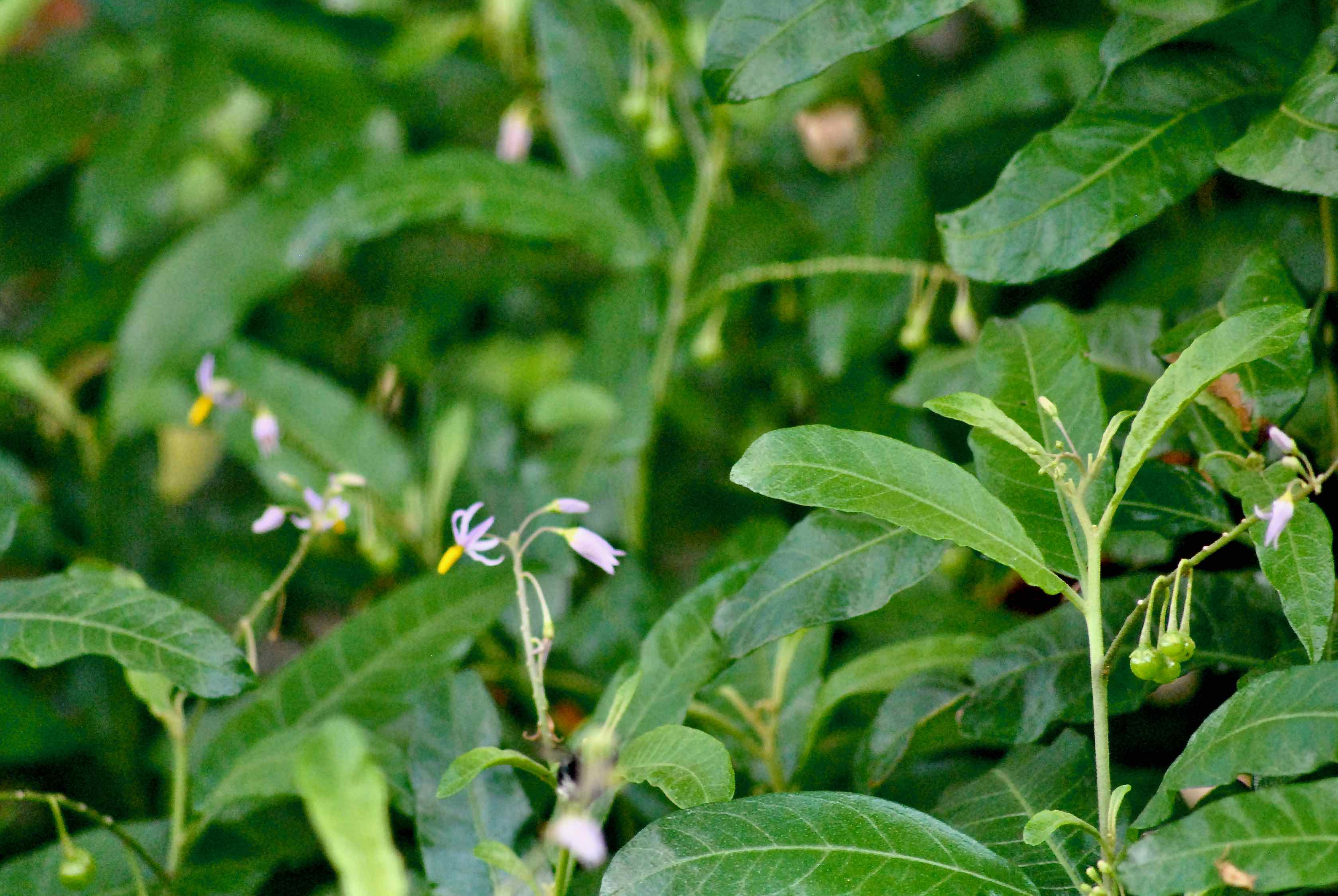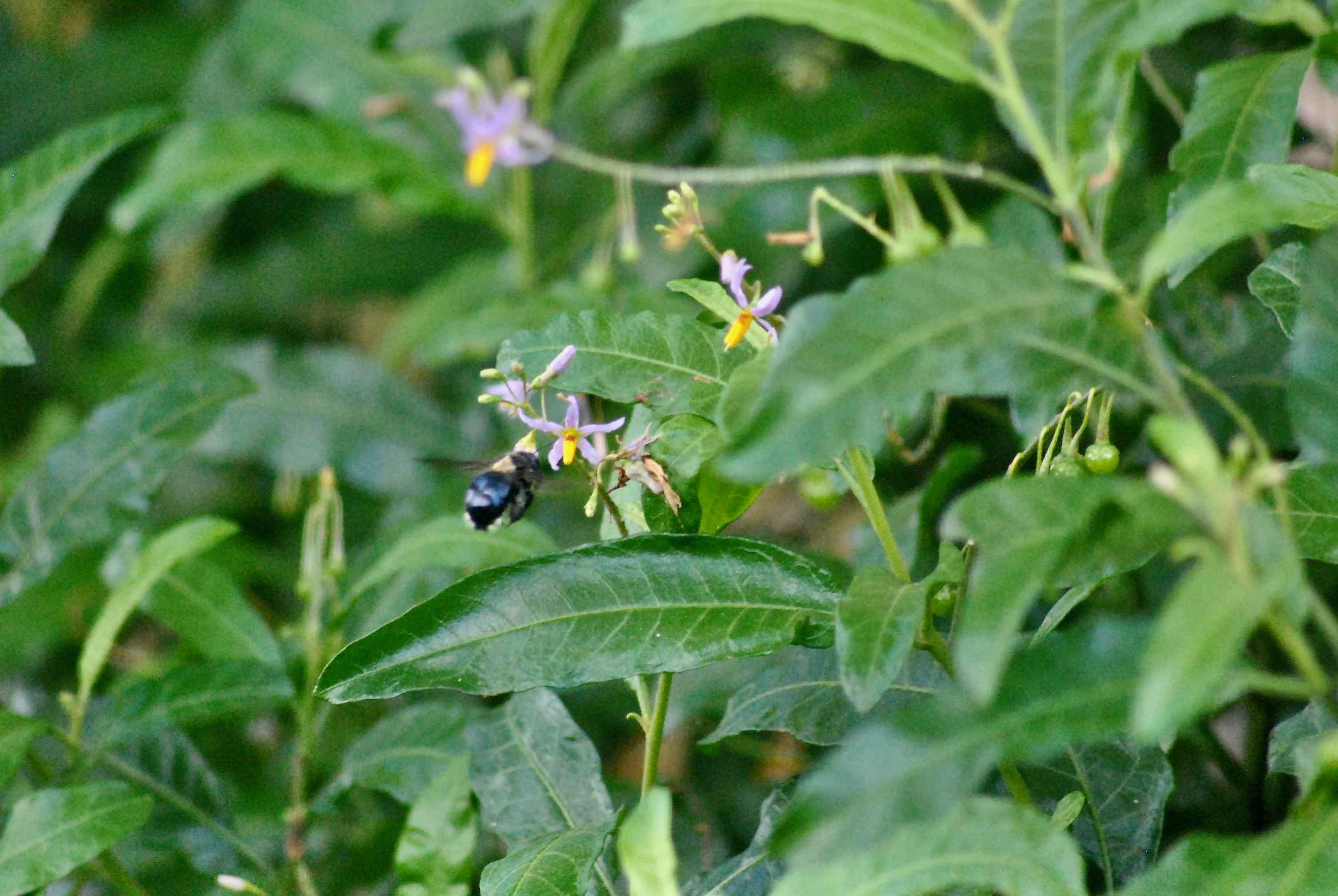
Bahama Nightshade, photographed at Bahia Honda Key, Bahia Honda State Park, Monroe County, in December 2013.
We see nightshade, and red flags fly. Those lovely berries are poisonous and should not be touched. But for many in the Caribbean, this nightshade is medicine.
We're talking about Bahama nightshade, Solanum bahamense. It's a bit of a rarity here in South Florida, but its range extends through most of the Caribbean, from the Bahamas south through the Lesser Antilles.
It's one of 17 members of Solanum found in South Florida, and one of at least six natives, several of which are quite rare. The list of Solanum species also includes the garden tomato and eggplant.
There's also three varieties, or subspecies, of Bahama nightshade found in the region, including S. bahamense var. Rusili, commonly known as Rusil's Key West horse nettle, which is believed to be extinct.
In Florida, Bahama nightshade is pretty much restricted to the southeastern part of the state, from Martin County south into the Keys. Some, however, narrow the range strictly to Monroe County or Miami-Dade County and Monroe.
Bahama nightshade can vary greatly in size, from subshrub to small tree — as tall as 10 feet but generally shorter. It can have prickles, even on the leaves, or not. It is a perennial. The leaves are aligned alternately along the stem, are oblong to lance-shaped, with margins, or edges, that are smooth (lacking teeth) but can be wavy. The undersides are hairy.
Like other nighshades, the flowers hang upside down in a cluster technically called a raceme and resemble a peeled banana; the petals (the peels) are blue to purple, with bright yellow-orange anthers (the banana) in the center. Bahama nightshade blooms year-round. Small pea-shaped berries follow on, first green, turning orange-red, then red, deeper and dark as they ripen. Coastal hammocks are the favorite habitat.
In the Bahamas, it's used to treat respiratory problems, sore throats and a condition called thrush. In Antiqua and Barbuda, it's used to clean tongues and baby's teeth, and to treat thrush.
In the United States, Bahama nightshade is used as in landscaping as an accent plant. It's also used in restorations and natural landscapes. It prefers moist soil, takes light shade
Other names for Bahama nightshade include cankerberry, soapberry, wild berry and wild pepper. It is a member of Solanaceae, the nightshade family, which also includes potatoes and peppers.
Bahia Honda State Park



